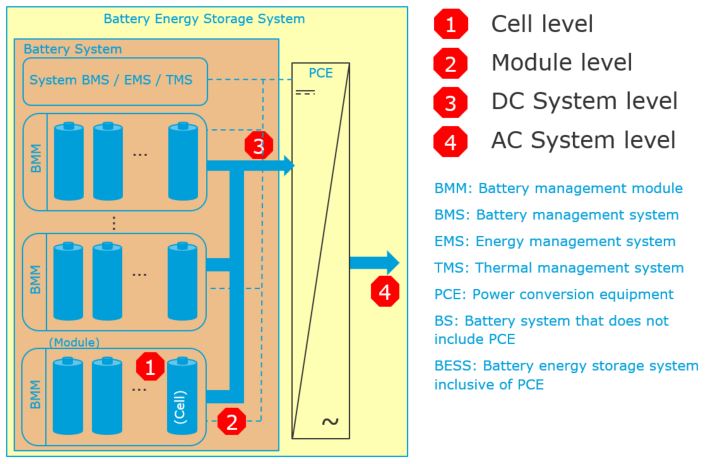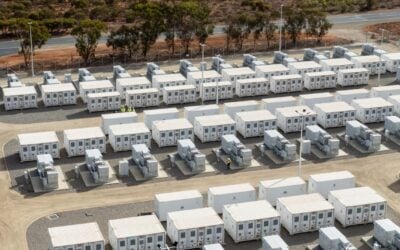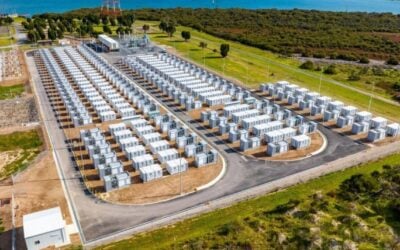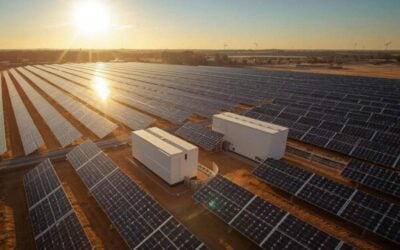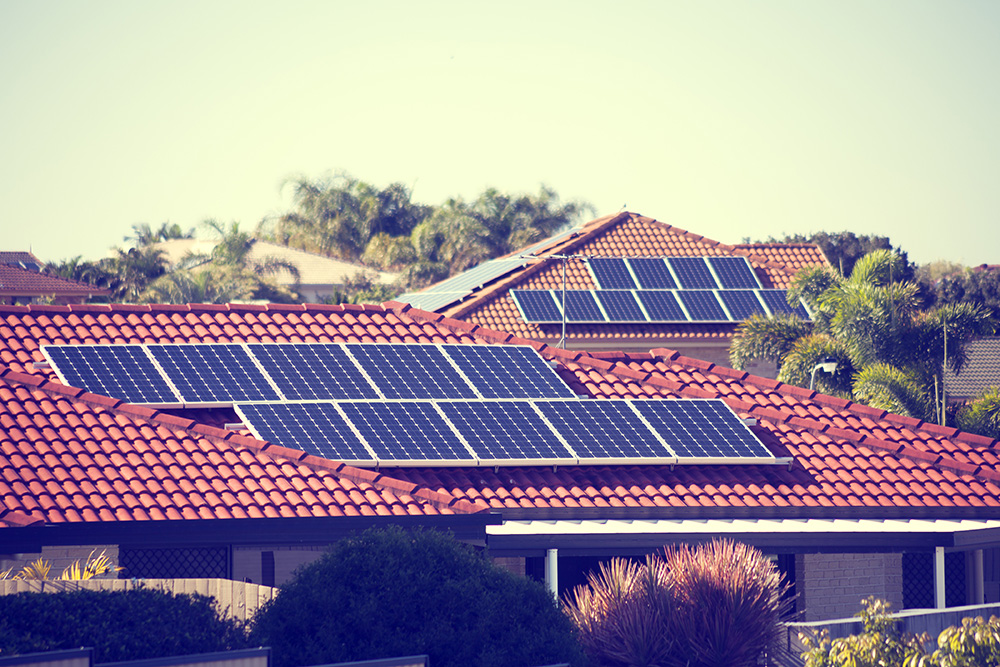
A project to create performance standards for residential and small-scale commercial battery energy storage systems in Australia has been completed, with project leader DNV GL raising hopes that the rules can inform the global market too.
DNV GL said today that the two-year Australian Battery Performance Standard (ABPS) project has reached its final stage and a draft standard has been submitted to national standards body Standards Australia. International standards, testing and certification house DNV GL led a consortium that also included Australian energy organisations Commonwealth and Scientific and Industrial Research Organisation (CSIRO), Deakin University and the Smart Energy Council.
The standard shows how to measure performance of stationary battery storage systems with nominal power of no more than 100kW and rated capacity between 1kWh and 200kWh and connected to solar PV systems. It provides “performance testing protocols and performance-metric reporting methods,” aimed at manufacturers and system integrators.
The undertaking which began in mid-2018 has been funded by the Australian Renewable Energy Agency (ARENA) and the state government of Victoria. Other expert groups had some input including NY BEST and Pacific North West National Laboratories in the US, while stakeholders including battery manufacturers, technology and component providers and utilities and project developers such as Sonnen, RedT Energy, Redflow, ABB, AGL, Tesla, Century Yuasa and LG Chem also took part.
Try Premium for just $1
- Full premium access for the first month at only $1
- Converts to an annual rate after 30 days unless cancelled
- Cancel anytime during the trial period
Premium Benefits
- Expert industry analysis and interviews
- Digital access to PV Tech Power journal
- Exclusive event discounts
Or get the full Premium subscription right away
Or continue reading this article for free
At present, no such documentation exists worldwide, DNV GL said in its press release, so the consortium behind ABPS said it could potentially become a global standard once it is in effect. DNV GL also said the consortium will also be publishing an interim best practice guide which can be adopted until the standard has been approved and cleared for adoption by Standards Australia.
While as high a percentage as 21% of all Australian households have rooftop solar, according to statistics from the national Department of Industry, Science, Energy and Resources quoted by the ABPS consortium, the uptake of battery energy storage has been lower than anticipated by many. Figures from consultancy Sunwhiz show that just over 20,000 residential systems were installed each year in 2018 and 2019, with a cumulative total of around 73,000 installs to date.
While some of the primary reasons for this are likely financial and linked to the cost of initial investment, the creation of the ABPS aims to lower one of the other main barriers, which is that end-customers still need help in choosing which system is right for them.
The standards show how to measure key metrics such as max and sustained power, system capacity and efficiency, which DNV GL said are not always measured or reported by manufacturers and suppliers in a uniform way. Meanwhile the tests are formulated to be relevant to conditions found in Australia including particular climates and solar PV production patterns. The standard does not apply to electric vehicle (EV), UPS or data centre batteries.
“The adoption of this standard will help the consumers’ dilemma of choosing the energy storage system best suited to their needs, and empower them to play their part in moving towards a cleaner future,” DNV GL’s executive VP for the Asia-Pacific region said.
“Energy storage is shaping up to be an important feature of our rapidly evolving energy system. As rooftop solar penetration continues to increase, and more people look to store their solar energy during the day and minimise what they consume from the grid in the evening, it is important that consumers are informed about how well batteries perform over their lifetime to aid their investment decision,” ARENA CEO Darren Miller said.
DNV GL has already produced an international standards document, GRIDSTOR, aimed at the grid-scale energy storage market, which DNV GL’s Dr Martijn Huibers and Paul Raats wrote a technical feature article for PV Tech Power journal about in 2017. More recently, DNV GL’s energy storage segment Americas leader Davion Hill wrote ‘Easing the risks of battery investment’, a May 2019 feature for PV Tech Power (also republished on this site) which took a deep dive into considerations required when designing energy storage systems.
